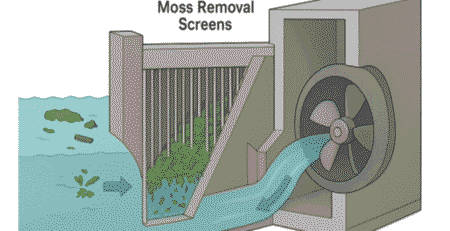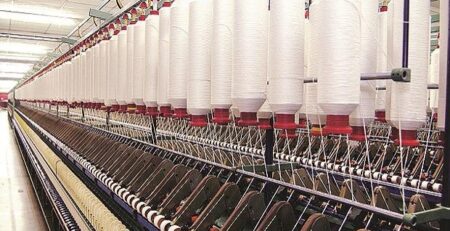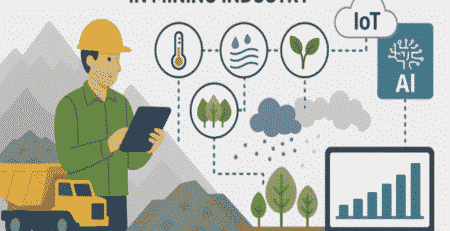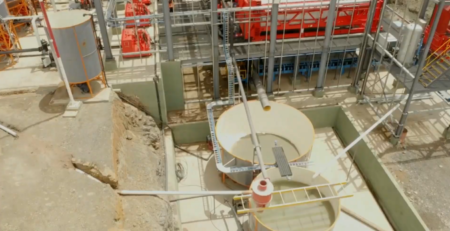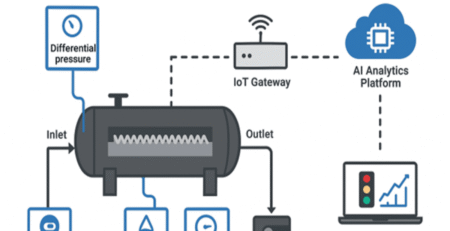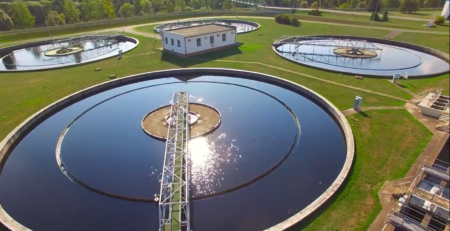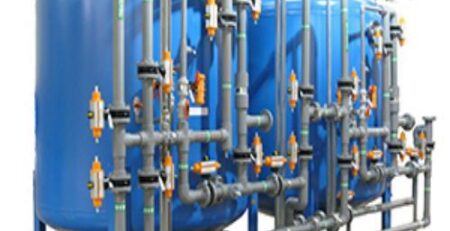Recovery of Multiple Precious Metals from Effluent Using Different Techniques
Effluents generated from various industrial processes often contain traces of valuable precious metals. These metals have significant economic and environmental importance, including gold, silver, platinum, and others. Recovering these precious metals from effluent not only helps in resource conservation but also reduces environmental pollution.
Due to the high demand for precious metals, recovery of these metals from waste products is a vital and growing concern. It requires more efficient methods considering the recent environmental legislation.
Separation and Recovery of Precious Metals through Ion Exchange Technique
Ion exchange is a widely used method for the separation and recovery of precious metals from effluent. The process involves the exchange of target metal ions in the effluent with ions of similar charge present in an exchange resin. The resin, usually in the form of beads or columns, selectively adsorbs the precious metal ions, allowing their subsequent recovery.
One of the significant advantages of ion exchange is its ability to recover multiple precious metals simultaneously. The exchange resin can be tailored to selectively adsorb specific metal ions, enabling the recovery of a wide range of valuable metals. However, ion exchange is limited by factors such as metal concentration, pH, and the presence of interfering ions. Optimizing these parameters is crucial for achieving high recovery rates.
Efficient Recovery of Precious Metals Through Solvent Extraction Technique
Solvent extraction, also known as liquid-liquid extraction, is another effective method for recovering precious metals from effluent. This technique involves the selective transfer of metal ions from the aqueous phase (effluent) to an organic phase (solvent) by utilizing specific extractants. The metal ions can then be selectively stripped from the organic phase, leading to their recovery.
Solvent extraction offers excellent selectivity and efficiency in the recovery of precious metals. It can handle low metal concentrations and is effective in separating different metals from complex mixtures. However, it requires careful optimization of parameters such as pH, temperature, and extractant concentration to achieve desired extraction efficiency. Additionally, solvent extraction may generate organic waste, necessitating proper waste management practices.
Recovering Precious Metals from Effluent: The Power of Precipitation Technique
Precipitation is a widely employed technique for recovering precious metals from effluent by forming insoluble metal compounds. The process includes adding a special substance to the wastewater, which causes tiny bits of metal to form. These bits can then be separated and treated to get pure metals.
Precipitation offers simplicity and cost-effectiveness in the recovery of precious metals. It is suitable for large-scale operations and can handle high metal concentrations.
However, there might be some extra tasks like filtering or using a machine called a centrifuge to separate the metal from the wastewater. Also, the purity of the metals we get can be different depending on how the precipitation happens.
Comparison of Effluent Techniques
When choosing a technique for the recovery of multiple precious metals from effluent, several factors need to be considered. The affordability, effectiveness, selectivity, and impact on the environment of each method are important factors that influence the decision-making process.
Ion exchange excels in its ability to recover multiple precious metals simultaneously, but it may have limitations in terms of metal concentration and interfering ions. Solvent extraction offers excellent selectivity and can handle low metal concentrations, but it requires careful optimization of parameters. Precipitation is a cost-effective method suitable for high metal concentrations, but additional steps may be needed for separation and purification.
In terms of cost-effectiveness, precipitation tends to have an advantage due to its simplicity and lower equipment requirements. Efficiency is another crucial aspect to consider. Solvent extraction and ion exchange techniques generally exhibit higher efficiency in terms of metal recovery compared to precipitation.
Future Trends and Innovations in Effluent
The field of precious metal recovery from effluent continues to evolve, driven by advancements in technology and sustainability concerns. Researchers are exploring innovative techniques and materials to enhance the efficiency, selectivity, and environmental performance of existing methods.
New and advanced technologies involve using extremely tiny materials called nanomaterials, like really small fibers or combinations of materials, to better collect and get back valuable metals. These nanomaterials have a large surface area, can pick specific metals, and can be used again, which makes them very promising for the future.
Also, by using renewable energy sources like the sun or wind to do the processes of collecting and refining precious metals, we can decrease the amount of carbon emissions connected to those activities.


